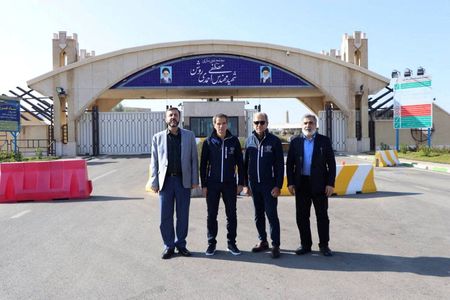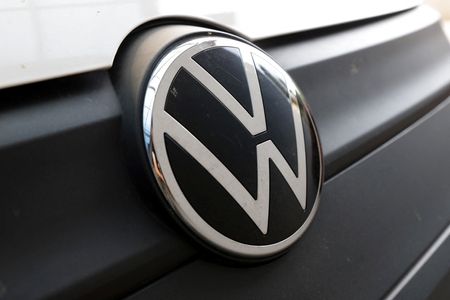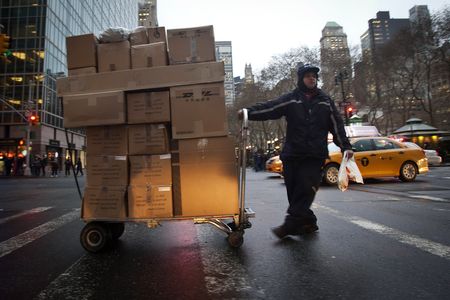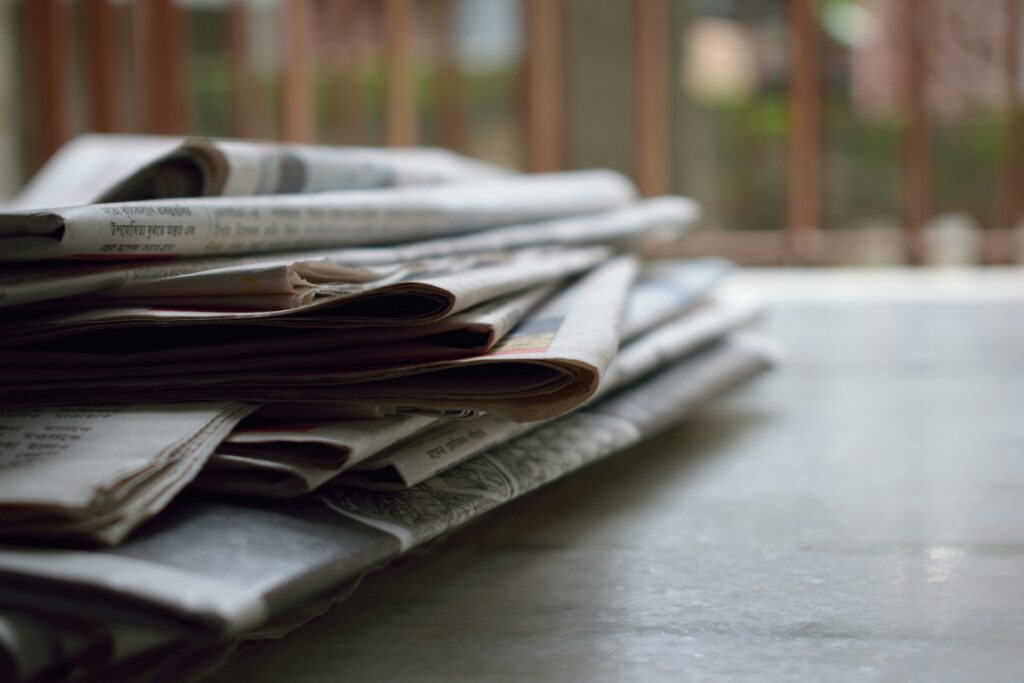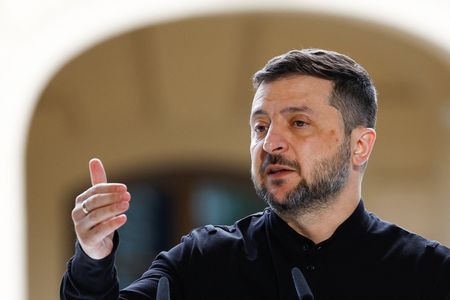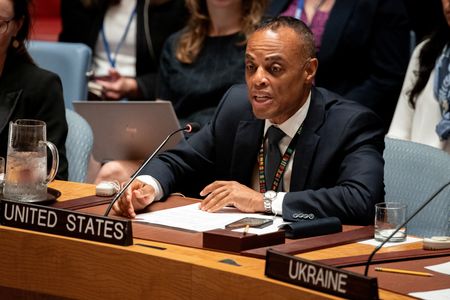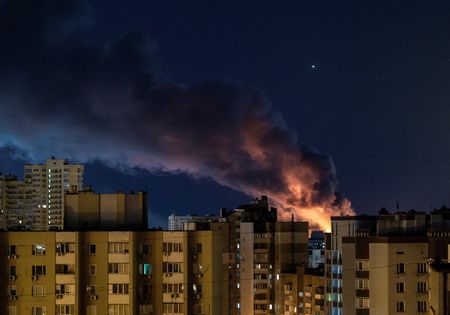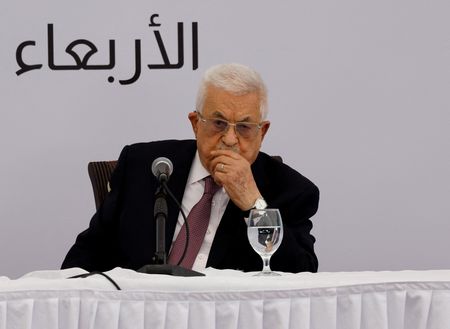By Francois Murphy
VIENNA (Reuters) -U.S. President Donald Trump said this week that if Iran did not strike a deal with the United States over its nuclear programme “there will be bombing”, adding to U.S. ally Israel’s long-standing threat to attack Iran’s nuclear facilities.
Below are some of Iran’s main nuclear facilities.
WHERE ARE IRAN’S NUCLEAR FACILITIES?
Iran’s nuclear programme is spread over many locations. While the threat of Israeli airstrikes has loomed for decades, only some of the sites have been built underground.
DOES IRAN HAVE A NUCLEAR WEAPONS PROGRAMME?
The United States and the U.N. nuclear watchdog believe Iran had a coordinated, secret nuclear weapons programme that it halted in 2003. The Islamic Republic denies ever having had one or planning to have one.
Iran agreed to restrictions on its nuclear activities in exchange for relief from international sanctions under a 2015 deal with world powers. That pact fell apart after then-President Donald Trump pulled the United States out of it in 2018 and Iran started abandoning the restrictions the next year.
IS IRAN INCREASING ITS URANIUM ENRICHMENT?
Yes. Iran has been expanding its uranium enrichment programme ever since the pact broke down, reducing the so-called “breakout time” it would need to produce enough weapons-grade uranium for a nuclear bomb to days or little more than a week from at least a year under the 2015 deal.
Actually making a bomb with that material would take longer. How long is less clear and the subject of debate.
Iran is now enriching uranium to up to 60% fissile purity, close to the 90% of weapons-grade, at two sites, and in theory it has enough material enriched to that level, if enriched further, for six bombs, according to a yardstick of the International Atomic Energy Agency (IAEA), the U.N. watchdog.
NATANZ
A complex at the heart of Iran’s enrichment programme on a plain abutting mountains outside the Shi’ite Muslim holy city of Qom, south of Tehran. Natanz houses facilities including two enrichment plants: the vast, underground Fuel Enrichment Plant (FEP) and the above-ground Pilot Fuel Enrichment Plant (PFEP).
An exiled Iranian opposition group revealed in 2002 that Iran was secretly building Natanz, igniting a diplomatic standoff between the West and Iran over its nuclear intentions that continues today.
The FEP was built for enrichment on a commercial scale, able to house 50,000 centrifuges. Around 16,000 centrifuges are currently installed there, roughly 13,000 of which are in operation, refining uranium to up to 5% purity.
Diplomats with knowledge of Natanz describe the FEP as being about three floors below ground. There has long been debate about how much damage Israeli airstrikes could do to it.
Damage has been done to centrifuges at the FEP by other means, including an explosion and power cut in April 2021 that Iran said was an attack by Israel.
The above-ground PFEP houses only hundreds of centrifuges but Iran is enriching to up to 60% purity there.
FORDOW
On the opposite side of Qom, Fordow is an enrichment site dug into a mountain and therefore probably better protected from potential bombardment than the FEP.
The 2015 deal with major powers did not allow Iran to enrich at Fordow at all. It now has around 2,000 centrifuges operating there, most of them advanced IR-6 machines, of which up to 350 are enriching to up to 60%.
The United States, Britain and France announced in 2009 that Iran had been secretly building Fordow for years and had failed to inform the IAEA. U.S. President Barack Obama said then: “The size and configuration of this facility is inconsistent with a peaceful programme.”
ISFAHAN
Iran has a large nuclear technology centre on the outskirts of Isfahan, its second largest city.
It includes the Fuel Plate Fabrication Plant (FPFP) and the uranium conversion facility (UCF) that can process uranium into the uranium hexafluoride that is fed into centrifuges.
Iran also stores enriched uranium at Isfahan, diplomats say.
There is equipment at Isfahan to make uranium metal, a process that is particularly proliferation-sensitive since it can be used to devise the core of a nuclear bomb.
The IAEA has said there are machines for making centrifuge parts at Isfahan, describing it in 2022 as a “new location”.
KHONDAB
Iran has a partially built heavy-water research reactor originally called Arak and now Khondab. Heavy-water reactors pose a nuclear proliferation risk because they can easily produce plutonium which, like enriched uranium, can be used to make the core of an atom bomb.
Under the 2015 deal, construction was halted, the reactor’s core was removed and filled with concrete to make it unusable. The reactor was to be redesigned “to minimise the production of plutonium and not to produce weapon-grade plutonium in normal operation”. Iran has informed the IAEA that it plans to start operating the reactor in 2026.
TEHRAN RESEARCH CENTRE
Iran’s nuclear research facilities in Tehran include a research reactor.
BUSHEHR
Iran’s only operating nuclear power plant, on the Gulf coast, uses Russian fuel that Russia then takes back when it is spent, reducing the proliferation risk.
(Reporting by Francois Murphy; editing by Mark Heinrich, William Maclean)

